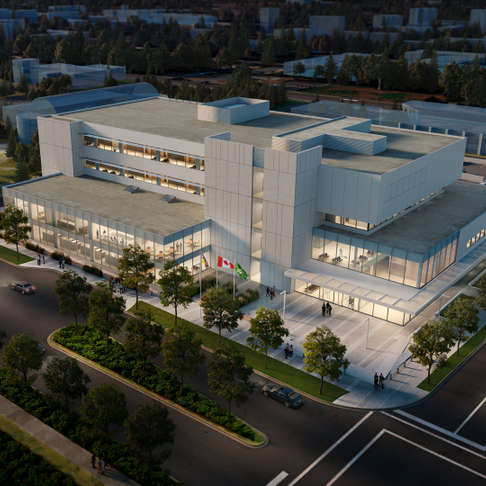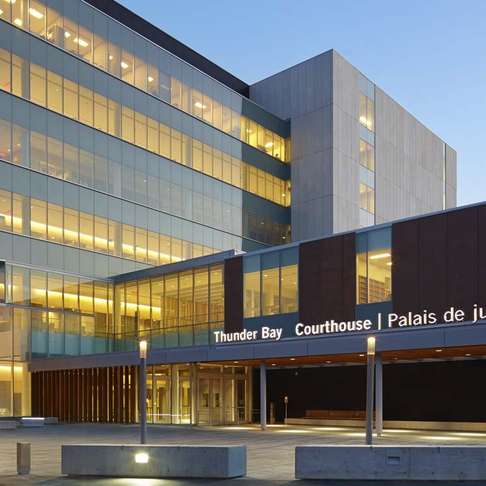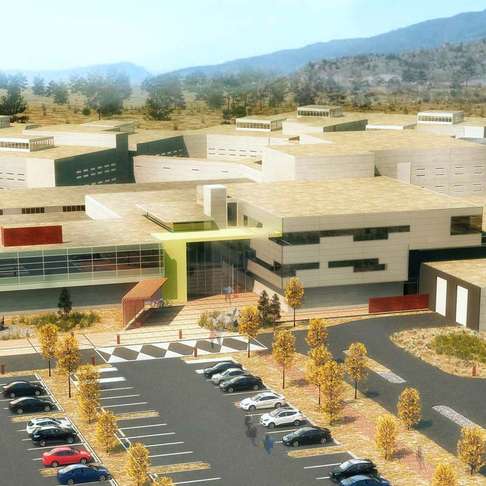Plenary Justice Miami was selected to perform the design, construction, financing, operations, and maintenance of the new Miami-Dade County Civil and Probate Courthouse – the first social infrastructure P3 in the State of Florida.
The courthouse will be 23 stories with 46 finished courtrooms and four additional shelled courtrooms available to be converted at a future date. Future growth was kept front of mind during the design process with flexible office spaces that can be converted into additional as desired by the County. The efficient floor layout incorporates a safe and secure circulation that will allow judges and staff to traverse the entire building without crossing into the public realm or interrupting the natural flow throughout the facility.
The new courthouse will satisfy the County’s significant need to replace the functionally obsolete existing Miami-Dade County courthouse, built in 1924, which is more than 40 years beyond its originally designed useful life. It will also pave the way for the use of the P3 model for other crucial public infrastructure demands across the county and state.
Design features
The overall design of the facility emphasizes natural light, with each courtroom having multiple external windows. Users will enter the building through a grand staircase into a three-story atrium lobby flooded with natural light.
The facility was also designed with flexibility and future use in mind, helping to create a fully functioning Courthouse for today that will accommodate the growing needs of the County well into the future.
Innovations
Resiliency - The design also incorporates environmental resiliency by including mechanical functions on higher floors and the placement of pumps in the garage to mitigate potential flood impacts. Additionally, the 58-spot parking garage was designed to only include one level of half below-grade parking. Further, this elevates the main lobby above street level, providing mitigation against potential flooding impacts.
Efficiency - The overall floor plan is efficiently designed with mechanical spaces located outside of public access areas to avoid disruption to the court functions. Each courtroom is situated next to judicial chambers, minimizing the travel distance for judges.
Green – The facility was designed to easily achieve LEED Silver certification upon construction completion with an abundance of natural light throughout the building intending to give a more calming feel for visitors and staff.
Local economic impacts
The existing courthouse was built in 1928 and has a maximum of 23 operating courtrooms in sub-par condition at a given time. This results in significant impacts and delays in the delivery of justice services, which can have follow-on impacts on businesses and employees.
Plenary Justice Miami has committed to utilize at least 20% local Small Business Enterprises in the design of the Courthouse, with similar plans for construction and operations.


